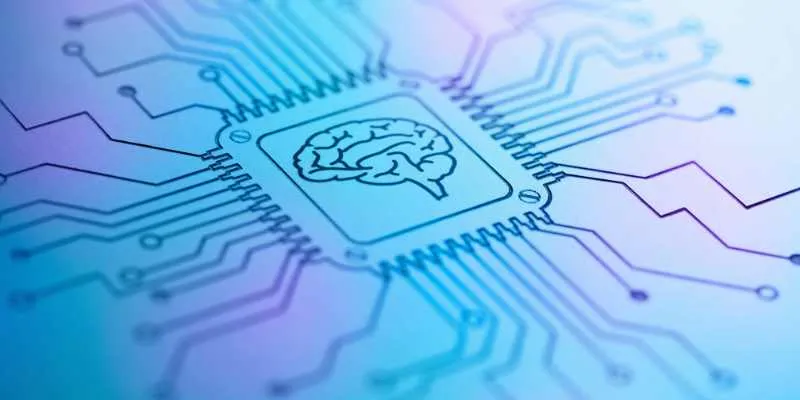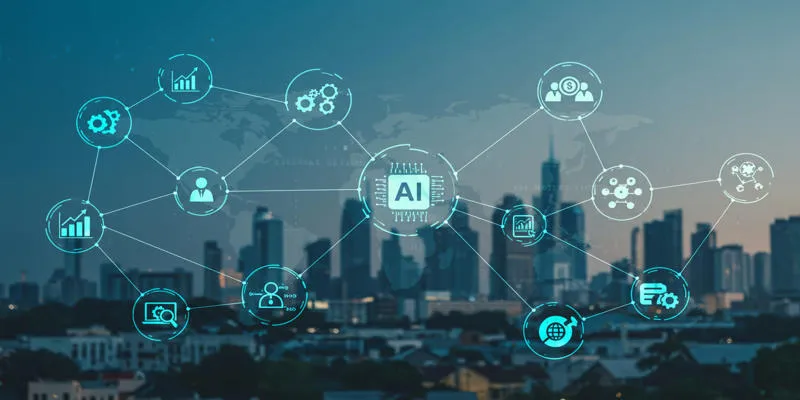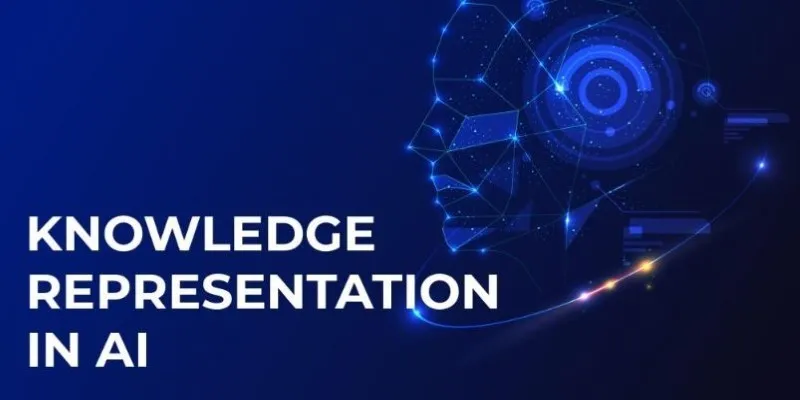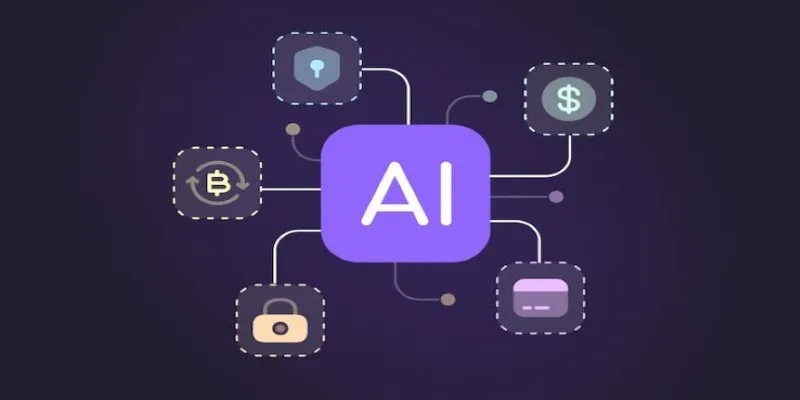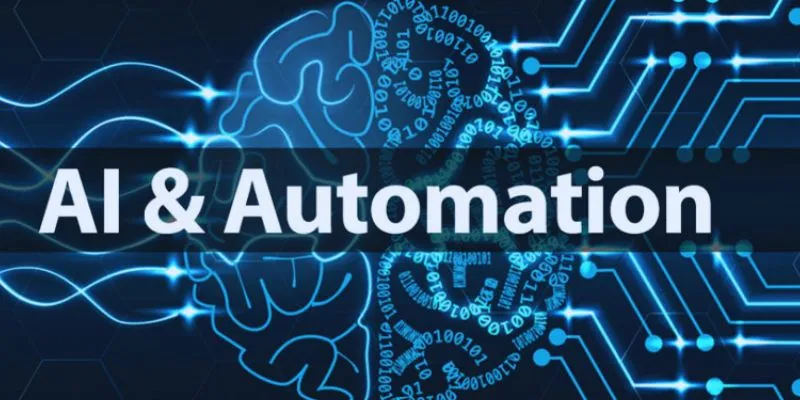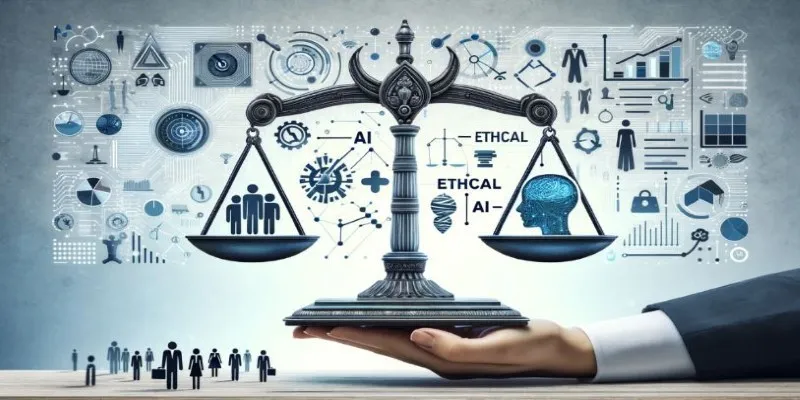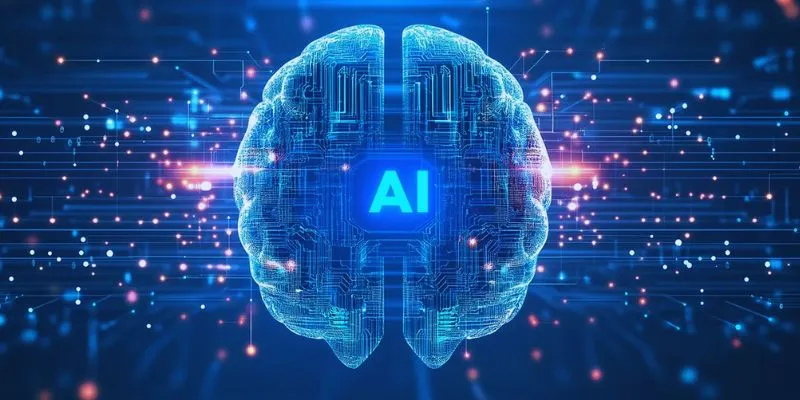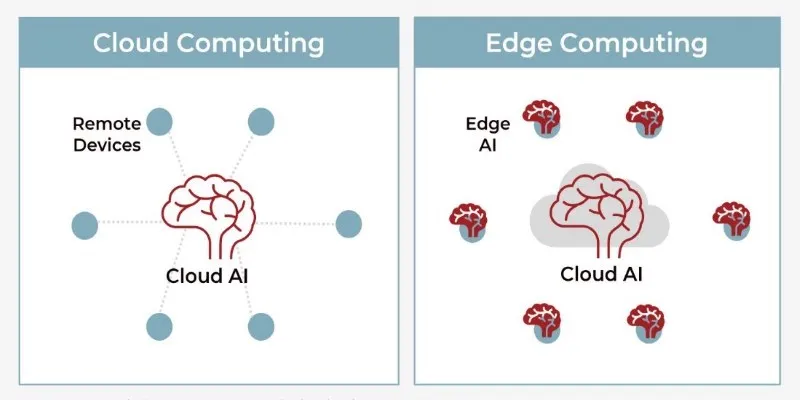Customer service traditionally meant enduring long hold times, multiple transfers, or unanswered emails. This frustrating and slow process is rapidly evolving. AI in customer service is quietly revolutionizing how businesses interact with customers. Now, when assistance is needed, people often engage with a smart virtual assistant or chatbot rather than a human.
These AI tools operate faster, are available 24/7, and can interact with multiple users simultaneously. They help reduce business costs while offering instant customer support. AI is not replacing humans but enhancing support by making it smoother, faster, and more personalized. This approach is quickly becoming the new standard.
The Role of AI in Customer Service: A Silent Revolution
AI in customer service introduces a layer of intelligence to customer interactions that never existed before. Automation plays a crucial role, enabling businesses to handle high volumes of requests without a large human workforce. However, automation here doesn’t translate to cold or robotic communication; it signifies quicker, smarter, and sometimes even friendlier service.
Chatbots and virtual assistants are at the heart of this transformation. They handle repetitive tasks such as answering frequently asked questions, scheduling appointments, resetting passwords, or providing order status updates. The magic lies in their speed. They don’t tire, require breaks, and can engage with hundreds of customers simultaneously.
Modern systems go beyond simple programmed responses. Built with Natural Language Processing (NLP), they comprehend human language more deeply, picking up nuances in speech, slang, or spelling mistakes for more natural conversations. Customer service AI leverages this to learn from prior interactions, refining its responses over time.
AI also significantly impacts personalized communication. Virtual assistants and chatbots access customer information like past orders, preferences, or support history, allowing them to offer personalized recommendations or quicker solutions without requiring customers to repeat themselves—a common frustration in traditional support systems.
Chatbots and Virtual Assistants: Strengths and Challenges
Chatbots and virtual assistants are often the first point of contact when customers seek help. Their greatest advantage is instant availability. Operating 24/7, they are ideal for businesses with customers across different time zones. Many prefer sending a quick message to a chatbot over waiting on hold for a human agent.

These tools also help businesses manage costs. Hiring a large team of human agents for round-the-clock support is expensive. AI tools alleviate this burden by handling routine queries, allowing human staff to focus on more complex or sensitive issues. This balance between automation and human interaction makes AI in customer service effective today.
However, chatbots and virtual assistants are not flawless. They excel in handling structured queries like checking account balances, placing orders, or troubleshooting basic issues. But when interactions become more emotional or nuanced, AI’s limitations become apparent.
Frustrations can arise if a chatbot fails to understand the problem or responds with generic replies. Consequently, many businesses now design these tools with an easy option to transfer conversations to a human agent when necessary. The goal is not to eliminate human interaction but to utilize it where it matters most—handling empathy-driven or complex situations.
How Are Businesses Using AI in Customer Service to Stay Competitive?
AI in customer service is evolving from a technological upgrade to a competitive advantage. Companies adopting smart customer support systems often experience higher customer satisfaction rates. Speed is a major factor—customers appreciate fast responses. But personalization and accuracy also drive loyalty.
Retail companies exemplify this by using chatbots and virtual assistants to answer customer questions and recommend products based on browsing history or past purchases. Airlines and travel companies utilize them to provide real- time updates on flight schedules or assist with booking changes without long waits.
Banks have also embraced AI-powered support tools. Virtual assistants guide customers through secure transactions, answer account-related questions, or even provide budgeting advice, improving efficiency while maintaining security.
Healthcare providers use chatbots to help patients schedule appointments, check symptoms, or access information about prescriptions, reducing the load on healthcare professionals while providing timely support to patients.
These examples illustrate that AI in customer service is versatile across industries. It’s no longer just a “nice-to-have” feature; it’s becoming an expectation.
The Future of AI in Customer Service: Smarter, More Human, Always On
The future of AI in customer service is trending toward more human-like and intelligent interactions. Advancements in machine learning enable chatbots and virtual assistants to better understand emotions, tone, and intent. Soon, AI tools may facilitate video or voice-based support, allowing real-time conversations that adapt to customer moods.

AI will also become more proactive, predicting customer needs before issues arise. For instance, it might alert customers about delivery delays and offer solutions automatically. This shift from reactive to proactive service will redefine customer expectations.
Despite AI advancements, the human touch in customer service will remain essential. While AI delivers speed, efficiency, and availability, real human support will address sensitive or emotional situations. The future belongs to businesses that merge the best of AI technology with human empathy, creating faster, smarter, yet deeply personal customer experiences that build trust and long-term loyalty.
Conclusion
AI in customer service is transforming how businesses interact with customers, making communication faster, smarter, and more personal. Chatbots and virtual assistants efficiently handle routine tasks, while human agents manage complex issues. This balance creates a better customer experience. As AI technology advances, it will continue to support businesses in providing proactive and responsive service. However, the human touch will always be essential in building trust and understanding, ensuring customer service remains both efficient and genuinely helpful.
 zfn9
zfn9

